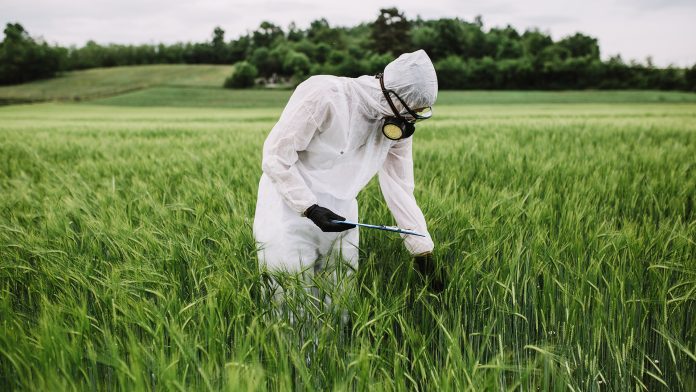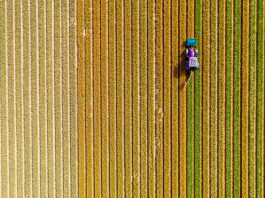Scientists have uncovered the distribution and physiological role of planteose enzymatic hydrolysis of planteose: α-galactosidase (AGAL), which is promising regarding the molecular target for root parasitic weed control.
Parasitic weed control
Witchweed (or Striga) and broomrapes (or Orobanche and Phelipanche) are root parasitic weeds that globally inflict major losses to agriculture and make weed control difficult. They are known to parasitise autotrophic plants of agricultural importance; the plants themselves are attached to their host by means of haustoria, which is how nutrients are transferred from the host to the parasite.
Therefore, weed control is important, as without it, the parasitic weeds reduce crop yield by competing for resources such as nutrients, water and photosynthetically active radiation. Thus, by allelopathic effects, they reduce food, feed, and fibre quality.
Rigorous sampling conducted by scientists revealed that while there are no reliable global figures for the total area impacted by Orobanche or Striga, an estimation reveals that 16 million hectares were at risk of an Orobanche attack in the Mediterranean and West Asia region. Whereas 44 million hectares were at risk of issues from Striga in Africa, with the total loss of revenue from maize, pearl millet and sorghum amounting to almost 2.9 billion USD. Most recent figures estimate that without weed control, 50 million hectares and 300 million farmers are impacted by the Striga species in Africa, with losses amounting to 7 billion USD.
Farmers tend to experience difficulty with parasitic weed control because they are obligate parasites, meaning they are organisms that are dependant on a host to exploit, and without one they will be unable to reproduce. A potential method of weed control is using growth modulators, which hare specific to root parasitic weeds. To do this, scientists realised that understanding the physiological mechanisms that occur during the life cycles of root parasitic weeds was crucial in identifying the specific growth modulator targets.
Studies on Planteose
Associate Professor Atsushi Okazawa and his collaborators revealed in previous research that planteose metabolism was activated after perception of strigolactones— a class of plant hormones that stimulate branching in plants and the growth of symbiotic arbuscular mycorrhizal fungi— in germinating seeds of Orobanche minor.
Nojirimycin—a potent inhibitor of α-glycosidase— inhibited planteose metabolism and impeded seed germination of Orobanche minor, indicating that planteose metabolism is a possible target for root parasitic weed control.
A study conducted more recently by scientists based at Osaka Prefecture University observed the activities of AGALs during the seed germination of Orobanche minor. The researchers also studied the planteose distribution in the dry seeds by using matrix-assisted laser desorption, and ionisation–mass spectrometry imaging.
Findings
Planteose was found in tissues surrounding the embryo but not within it, indicating that it may have a role as a storage carbohydrate. Biochemical experiments and molecular characterisation of the AGAL family member— OmAGAL2— indicated the enzyme is involved in planteose hydrolysis in the apoplast around the embryo after the perception of strigolactones to provide the embryo with essential hexoses for germination. These results revealed that OmAGAL2 is a potential molecular target for root parasitic weed control.
The mass spectrometry images obtained for two fragment ions were almost identical, which indicated that these fragment ions were all generated from a single source: planteose. Researchers also created visual aids to demonstrate that planteose is distributed in the endosperm, perisperm and seed coat in the dry seeds of Orobanche minor, which corresponds with its role as a storage carbohydrate.
Thus, this study elucidates that planteose is distributed in Orobanche minor dry seeds and its physiological role is elusive, and during seed germination of root parasitic weeds, planteose is rapidly hydrolysed after perception of strigolactones (SLs). This is indicative of its role as storage carbohydrate tissues surrounding the embryo, namely the endosperm, perisperm, and seed coat, play roles in nutrient supply in root parasitic weeds.
This information is expected to contribute towards aiding farmers regarding parasitic weed control, thus limiting their losses in terms of yield.









